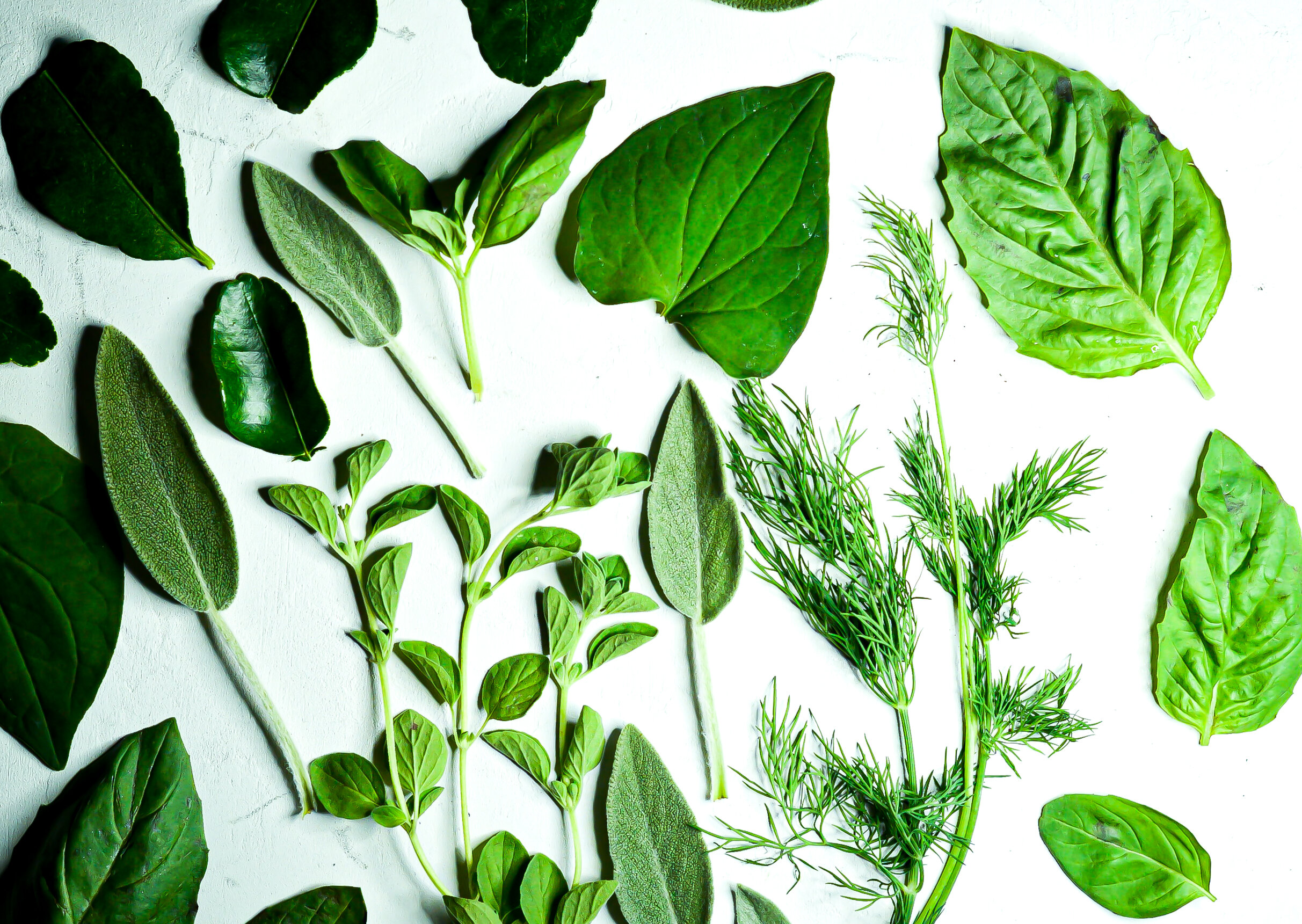Leafy Greens
Green & Leafy…
Green, leafy vegetables come in many varieties and provide a wide array of nutrients. The consumption of green leafy vegetables is as old as mankind. Dating as far back as 120,000 years ago, in South Africa, the Khoisanoid (Bushmen) people are believed to be one of the oldest representations of early humans. These people had a strong history of collecting leafy vegetables from the wild and using them for various rituals, medicines, and of course as foodstuffs. In historical texts, including from Africa, India, Greece, Italy, China, Europe, and the United States, cultures around the world share in this rich history regarding the use of green, leafy veggies.
Knowing your greens…
When purchasing vegetables, be mindful of where they came from. Before consuming, thoroughly rinse your greens or briefly soak in vegetable wash to minimize residual pesticides. Unfortunately, there have been research studies that have shown that, even with aggressive washing techniques, it is impossible to remove all of the chemicals sprayed on our leafy greens. Some of these chemicals can affect our endocrine systems (hormone production) and others contribute to an increased risk of developing cancer. When possible, buy organic; better yet, find someone you trust at a local farmer’s market!
The USDA recommends the average adult should consume about 2 ½ to 3 cups of green leafy veggies per day. Listed below are a few commonly used leafy greens for reference:
Spinach - This green leafy vegetable is native to central and western Asia. It is believed that consumption of spinach originated from ancient Persia, or current day Iran. From there, it is thought that it crossed over into India and then Ancient China where it was called “Persian vegetable.” Spinach is loaded with vitamins and minerals including vitamin A, vitamin B6, riboflavin, vitamin C, vitamin K, vitamin E, calcium, potassium, magnesium, manganese, folate, and iron, with vitamin C being the highest at about 28 mg per 100 grams per the USDA. Spinach also contains lots of fiber. It is also a great source of pre- and pro- biotics and helps to support health gut flora (bacteria) which aid in digestion.
Kale - (aka leaf cabbage, borecole, Brassica oleracea) This green leafy vegetable has its origins in the eastern Mediterranean and Turkey, and is thought to have been consumed since 2000 B.C. Kale has also been used ornamentally for weddings and ceremonies as a form of decoration. Ornamental kale is less palatable but has beautiful white, lavender, pink blue, or violet flowers. Kale, like spinach, is packed with vitamins and minerals such as vitamin A, vitamin B6, riboflavin, vitamin C, vitamin K, vitamin E, calcium, potassium, magnesium, manganese, folate, and iron.
Alfalfa - (aka Medicago sativa, purple medic, lucerne) This clover-like flowering plant from the legume family is also considered to be an herb. Alfalfa is commonly used to feed livestock yet it is packed with vitamins and essential minerals such as vitamin K, vitamin C, Folate, Thiamin, Riboflavin, Cooper, Manganese, Magnesium, and Iron. Alfalfa also has strong anti-oxidant properties and can play a role in cancer prevention and decreasing premature aging. Also, like spinach and kale, due to alfalfa’s high vitamin K content, it can interfere with anti-clotting medications or promote clotting in someone who is at high risk for a blood clotting episode.
Having your greens…
Green leafy vegetables may have a bitter flavor with some spicy, peppery notes. Some are sweet, while others can be very aromatic. Fortunately, these vegetables are ubiquitous and can pair well with pretty much any other food. They can be steamed, wilted, or eaten raw. Be careful not to overcook your leafy greens for two reasons: 1) avoid ending up with a soft pile of mush, and 2) avoid destroying the vitamins, pre-, and pro- biotics that make up these super foods!
Love Always Wins,



